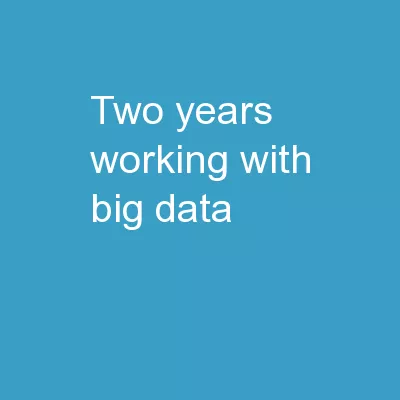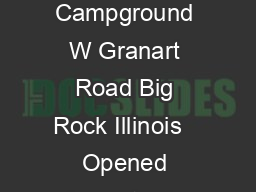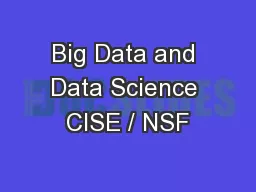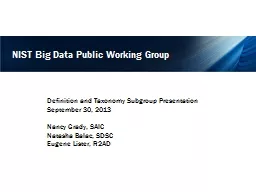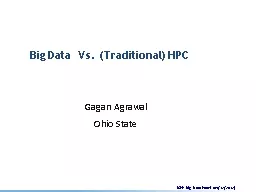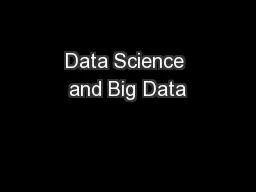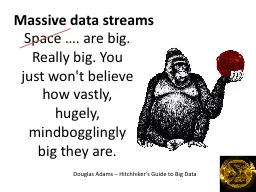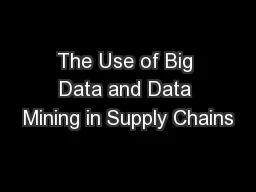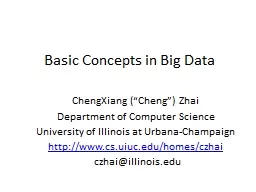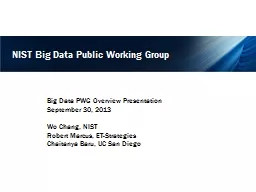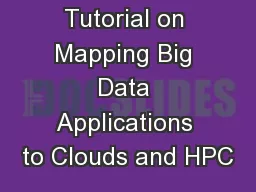PPT-Two Years Working With Big Data
Author : natalia-silvester | Published Date : 2018-12-04
Samarth Shah Senior Software Engineer Introduction 10 years at Microsoft 56 years of embedded clientside code 23 years of web services 9month Data Science and Machine
Presentation Embed Code
Download Presentation
Download Presentation The PPT/PDF document "Two Years Working With Big Data" is the property of its rightful owner. Permission is granted to download and print the materials on this website for personal, non-commercial use only, and to display it on your personal computer provided you do not modify the materials and that you retain all copyright notices contained in the materials. By downloading content from our website, you accept the terms of this agreement.
Two Years Working With Big Data: Transcript
Download Rules Of Document
"Two Years Working With Big Data"The content belongs to its owner. You may download and print it for personal use, without modification, and keep all copyright notices. By downloading, you agree to these terms.
Related Documents

